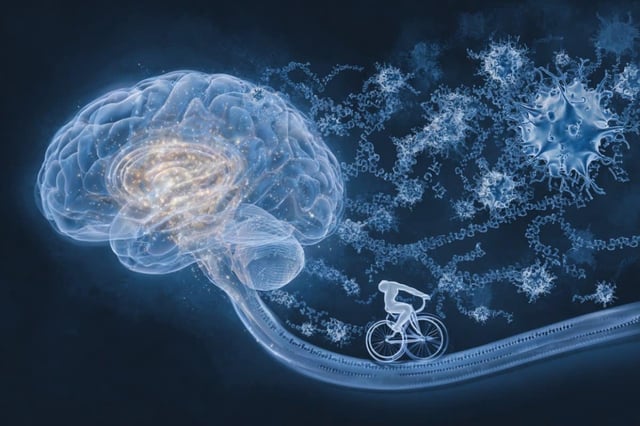Overview
- Researchers used single-nucleus RNA sequencing in the hippocampi of Alzheimer’s model mice after aerobic exercise to map molecular changes across individual cell types.
- They identified ATPIF1 as a key metabolic gene whose expression is restored by exercise and supports neuron survival and synapse formation.
- The study also tracked exercise-induced shifts in Alzheimer’s-associated microglia and oligodendrocyte progenitor cells.
- Mouse findings were validated against a large dataset of human Alzheimer’s brain tissue, confirming similar exercise-related molecular responses.
- Teams at Massachusetts General Hospital and Mass General Brigham are now pursuing gene-modulation strategies and screening drug candidates to replicate exercise’s neuroprotective effects in patients unable to exercise.


